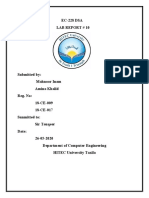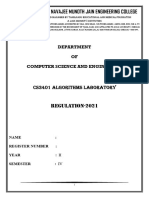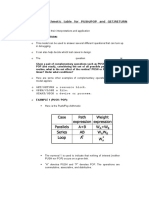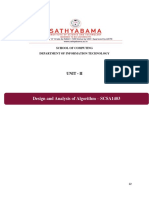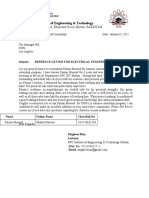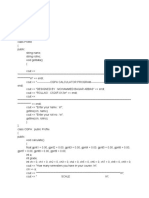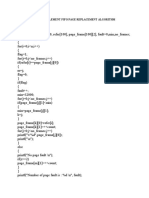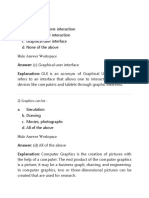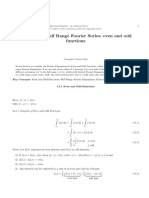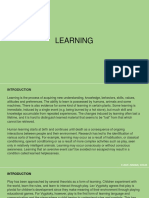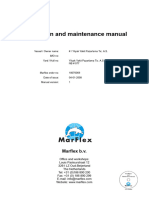0% found this document useful (0 votes)
419 views25 pagesLecture Ch4 Performance
1. The document discusses computer performance and factors that affect it such as hardware, software, instruction set architecture, organization, and technology.
2. It defines performance as the inverse of execution time and discusses how clock cycles, clock rate, and clocks per instruction (CPI) relate to measuring execution time.
3. Several examples are provided to demonstrate how to calculate CPI for different instruction mixes and how performance would change under different conditions.
Uploaded by
Hassam HafeezCopyright
© © All Rights Reserved
We take content rights seriously. If you suspect this is your content, claim it here.
Available Formats
Download as PDF, TXT or read online on Scribd
0% found this document useful (0 votes)
419 views25 pagesLecture Ch4 Performance
1. The document discusses computer performance and factors that affect it such as hardware, software, instruction set architecture, organization, and technology.
2. It defines performance as the inverse of execution time and discusses how clock cycles, clock rate, and clocks per instruction (CPI) relate to measuring execution time.
3. Several examples are provided to demonstrate how to calculate CPI for different instruction mixes and how performance would change under different conditions.
Uploaded by
Hassam HafeezCopyright
© © All Rights Reserved
We take content rights seriously. If you suspect this is your content, claim it here.
Available Formats
Download as PDF, TXT or read online on Scribd
/ 25














